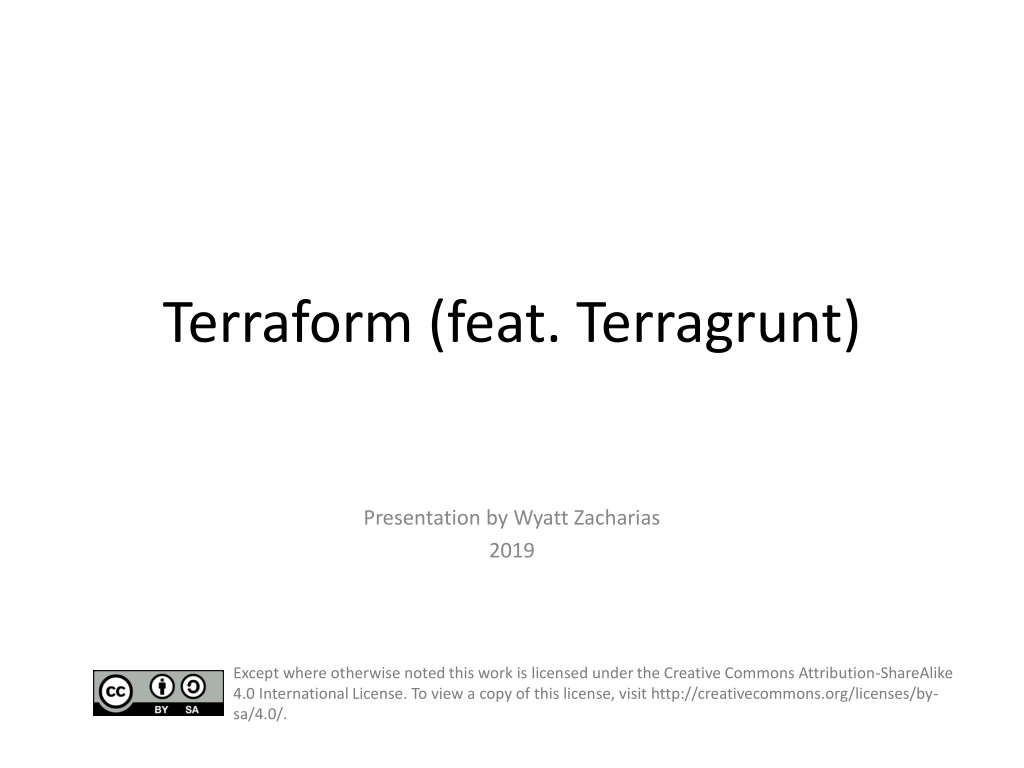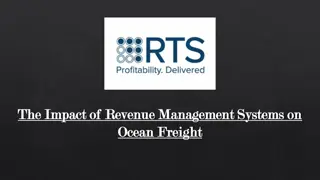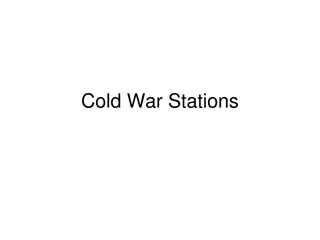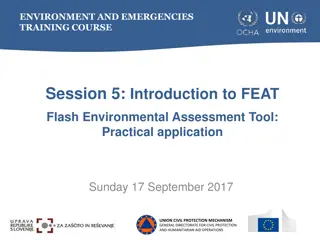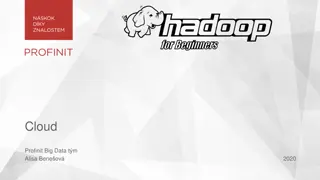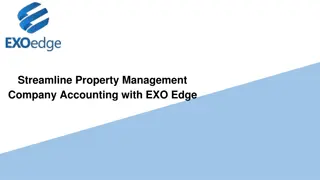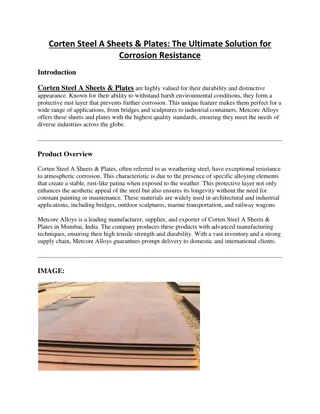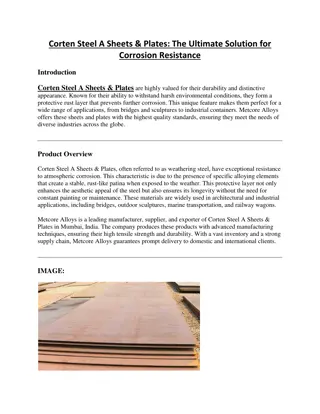Terraform (feat. Terragrunt)
Terraform and Terragrunt are powerful tools for managing infrastructure as code, offering a platform-agnostic approach to deployment across various providers. Terraform, written in GO and using HCL, treats infrastructure as code, while Terragrunt acts as a wrapper for Terraform, enhancing functionality and providing a structured folder approach. Learn about their benefits, syntax, folder structure recommendations, provider abstraction, and more in this comprehensive resource.
Download Presentation

Please find below an Image/Link to download the presentation.
The content on the website is provided AS IS for your information and personal use only. It may not be sold, licensed, or shared on other websites without obtaining consent from the author.If you encounter any issues during the download, it is possible that the publisher has removed the file from their server.
You are allowed to download the files provided on this website for personal or commercial use, subject to the condition that they are used lawfully. All files are the property of their respective owners.
The content on the website is provided AS IS for your information and personal use only. It may not be sold, licensed, or shared on other websites without obtaining consent from the author.
E N D
Presentation Transcript
Terraform (feat. Terragrunt) Presentation by Wyatt Zacharias 2019 Except where otherwise noted this work is licensed under the Creative Commons Attribution-ShareAlike 4.0 International License. To view a copy of this license, visit http://creativecommons.org/licenses/by- sa/4.0/.
What is Terraform Terraform is an open source infrastructure as code tool. Maintained by HashiCorp, written in GO. Uses HCL (HashiCorp Configuration Language). Is platform agnostic, capable deploying to many different providers.
Infrastructure As Code Part of the DevOps paradigm of infrastructure management. Treats infrastructure as if it s application code. All infrastructure changes are committed to revision control (Git, SVN, etc). Infrastructure is self-documenting as all details are contained in the source code.
What is Terragrunt Terragrunt is a wrapper for the Terraform executable. Fills in functionality gaps of the vanilla Terraform tool. Maintained by Gruntworks, written in GO Virtually transparent after initial configuration.
Folder Structure Recommended practice from Gruntworks is to use a two tree folder structure. Live folder contains all input data and represents actively deployed state. Modules folders contains resource deployment code that will use Live variables.
Providers Providers abstract each unique platforms functionality into common calls for Terraform to perform. Providers define how API calls to each platform are made, and what resources can be managed on each platform. Providers are maintained independently of the Terraform core application.
HCL Syntax HCL uses stanzas or blocks to define resources and their variables. Blocks use key value pairs to define input data for a resource. Data types include bool, number, string, list, map Interpolation syntax uses ${ } to escape string sequences.
HCL Resource Blocks Terraform has four primary blocks that are used. Each is declared by its type. Resource blocks define a resource that will be created. Variable blocks define an input variable for a module. Output blocks define outputs of resource properties to use by other modules. Data blocks define remote data lookups to query properties of existing resources.
resource aws_vpc my_vpc { cidr_block = var.vpc_cidr_block } variable vpc_cidr_block { type = string description = The VPC CIDR block } output my_vpc_arn { value = aws_vpc.my_vpc.arn } data terraform_remote_state vpc_state backend = s3 }
